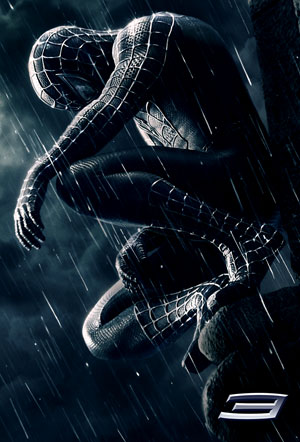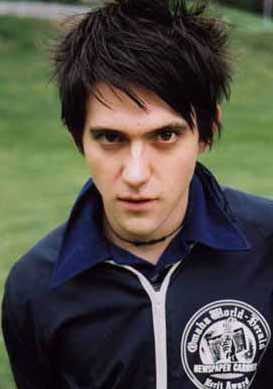
The Wexner Center is billing Deborah Stratham’s Kings of the Sky as an “experimental documentary.” The experimental part seems to be whether or not a filmmaker can truly document a subject without relying on the normal bag of tricks, like authoritative voiceovers, talking head interviews with clearly identified subjects or a clear, linear narrative.
I’m not entirely sure whether Stratman’s experiment succeeded or not, or to what degree, but then, I’ve only seen her film once. (Although I did learn more about the subject matter of the film from press materials and articles about it than from actually viewing it).
Like any experiment, it will probably need to be subjected to more rigorous testing, and thus require repeated viewing.
Continue reading











